Summary
Centrifugal and axial fans represent the two main categories of mechanical fans used for moving air in a wide array of industrial and commercial settings. The fundamental difference lies in their method of airflow.
Axial fans, which operate much like propellers, move air parallel to their rotating axis. They are best suited for applications that require a high volume of airflow with low-pressure resistance.
In contrast, centrifugal fans draw air into their center and expel it at a 90-degree angle, generating higher static pressure. This makes them ideal for systems with significant resistance, such as those with complex ductwork common in HVAC and industrial ventilation systems.
The choice between these two fan types has significant implications for both performance and operational costs, especially as energy efficiency and environmental regulations become more stringent.
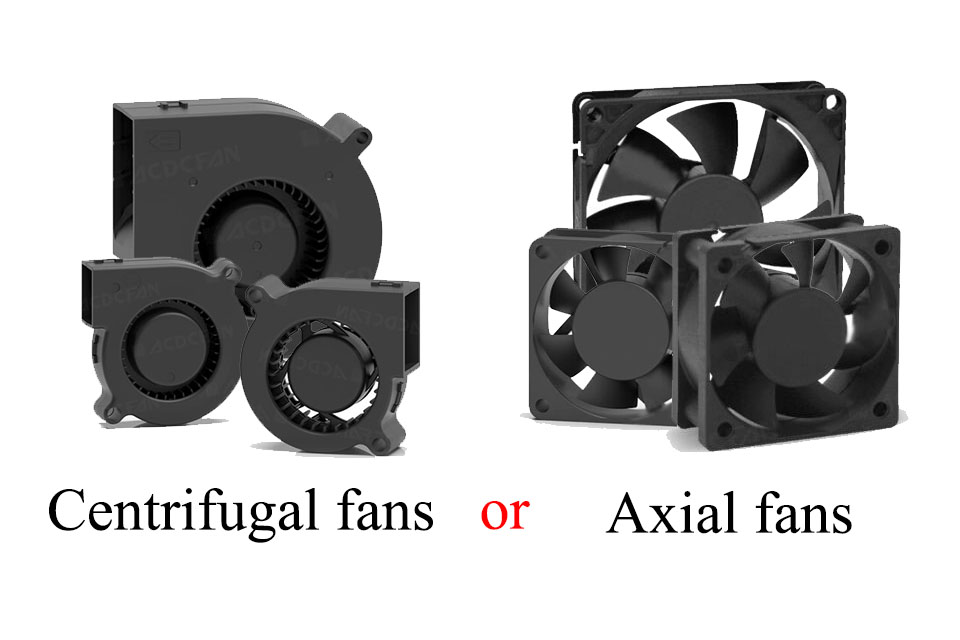
Design and Construction
Axial Fans
An axial fan consists of a central hub with blades extending radially. They are typically housed in a cylindrical duct and are designed to maximize airflow efficiency while keeping noise to a minimum. Their design is relatively simple and effective for moving large quantities of air in open spaces.
Centrifugal Fans
Centrifugal fans feature a more complex design with a scroll-shaped housing and an impeller. This design allows them to build up pressure, making them effective against the resistance found in ducted systems. Impellers come in various configurations, such as backward-curved, forward-curved, and radial, each suited for different operational needs. These fans are known for their durability and ability to handle harsh conditions, including hot air and particulates.
Performance Characteristics
Centrifugal Fans
The primary performance advantage of centrifugal fans is their ability to generate high static pressure. This makes them suitable for applications where air must be moved through obstacles.
Their performance is often visualized using curves that plot airflow rate against pressure, efficiency, and power consumption. These fans generally maintain higher efficiency across a range of operating points and are built for durability in demanding industrial environments.
Axial Fans
Axial fans are designed to move large volumes of air at low static pressures. While they are often quieter and more energy-efficient in low-resistance scenarios, their performance diminishes significantly when faced with backpressure.
The choice between the two ultimately depends on the specific requirements of the application, balancing the need for high airflow volume against high-pressure capabilities.
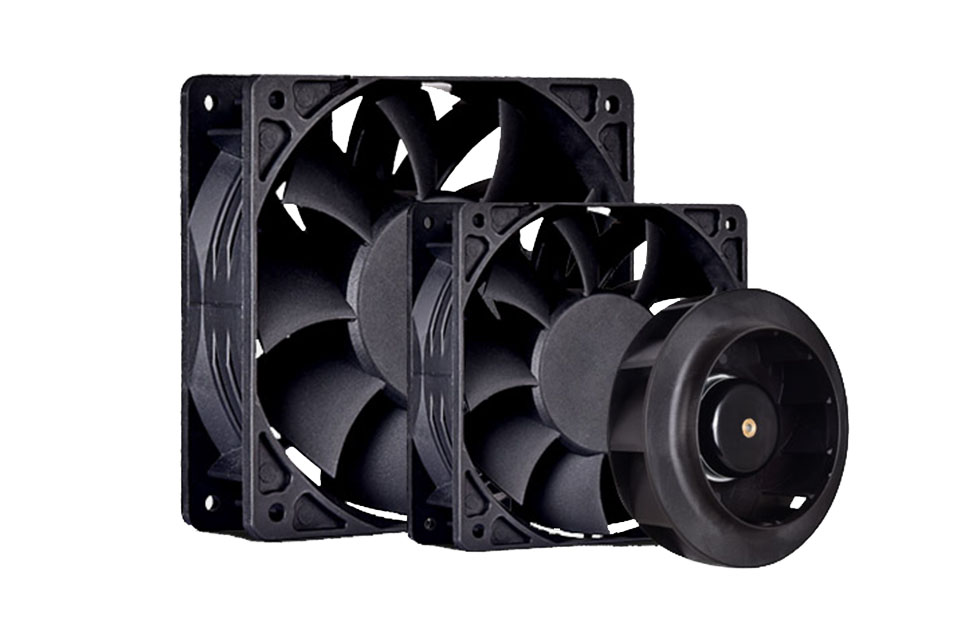
Applications
HVAC Systems
Both fan types are crucial in heating, ventilation, and air conditioning (HVAC) systems. Centrifugal fans are preferred for large ducted systems in commercial and industrial facilities due to their high-pressure capabilities. Axial fans are more common in applications requiring direct airflow over shorter distances, such as residential air conditioning units and exhaust fans.
Industrial Ventilation
Centrifugal fans are the dominant choice for industrial ventilation, where they are used for everything from dust collection to fume extraction. Their ability to handle contaminated air and generate high pressure makes them suitable for complex factory and warehouse ventilation systems.
Other Applications
In electronics cooling, smaller centrifugal fans are used in devices like laptops for their directional airflow, while larger axial fans cool data centers. Centrifugal fans are also used in specialized applications like cleanrooms where precise airflow control is necessary.
Advantages and Disadvantages
Advantages of Centrifugal Fans
· High-Pressure Capabilities: Ideal for ducted systems and applications with high resistance.
· Energy Efficiency: Can achieve high static efficiency, reducing operational costs.
· Durability: Robust construction allows for operation in corrosive and high-temperature environments.
· Versatility: Suitable for a wide range of industrial and commercial uses.
Disadvantages of Centrifugal Fans
· Higher Noise Levels: Can be louder than their axial counterparts.
· Complex Design: More intricate construction can lead to higher initial costs and more complex maintenance.
· Lower Airflow Rate: May deliver a lower volume of air compared to axial fans in low-pressure situations.
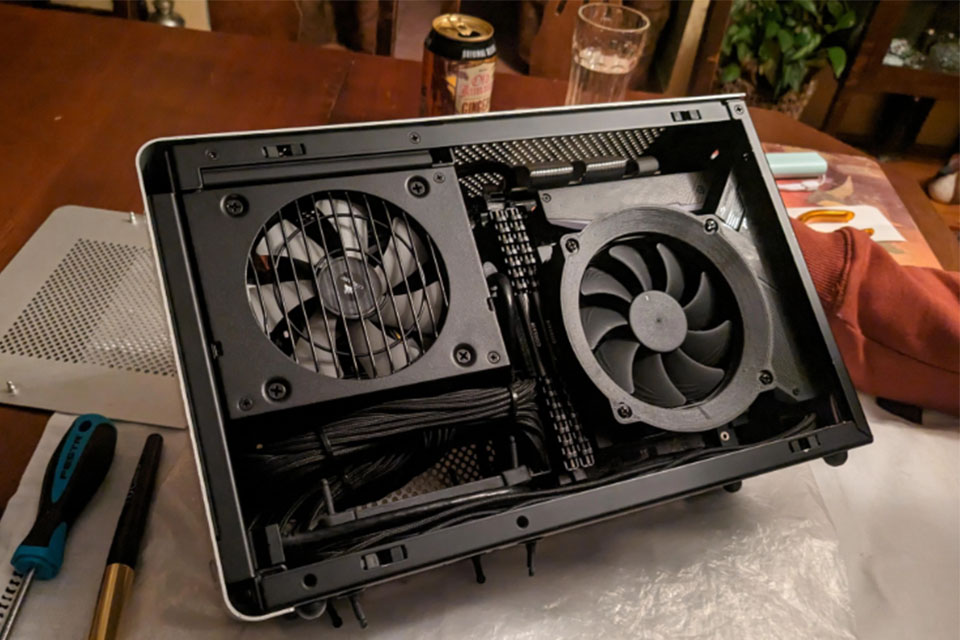
Maintenance and Lifespan
Centrifugal fans generally have a longer lifespan, often lasting 10 to 15 years or more with proper maintenance, due to their robust construction. Axial fans typically have a shorter lifespan of 8 to 12 years and are more susceptible to wear in challenging conditions.
Regular maintenance is key for both fan types. Modern predictive maintenance, using technologies like the Internet of Things (IIoT), allows for continuous monitoring to detect potential failures before they occur, extending the service life of the equipment.
Economic and Environmental Factors
The fan market is heavily influenced by a growing demand for energy efficiency, driven by rising energy costs and environmental concerns. Stricter regulations are pushing manufacturers to develop more efficient designs. Innovations in aerodynamics and the use of variable speed motors are becoming more common to meet these demands.
Environmental factors such as temperature and humidity also play a significant role in fan performance. High humidity, for instance, can reduce efficiency and require the use of corrosion-resistant materials.
Current Market Trends
The global market for industrial fans is experiencing significant growth, driven by technological advancements and a focus on sustainability. Competition is intense, with key players innovating in areas like energy efficiency, smart controls, and noise reduction. The integration of digital technologies like AI and big data analytics is enabling predictive maintenance and optimizing industrial processes.
Regionally, the Asia-Pacific market leads in the axial fan sector, largely due to its automotive industry. North America and Europe are also seeing steady growth, driven by manufacturing and construction.



 Why Blower Fans Are Essential in Fiber Optic Equipment
Why Blower Fans Are Essential in Fiber Optic Equipment
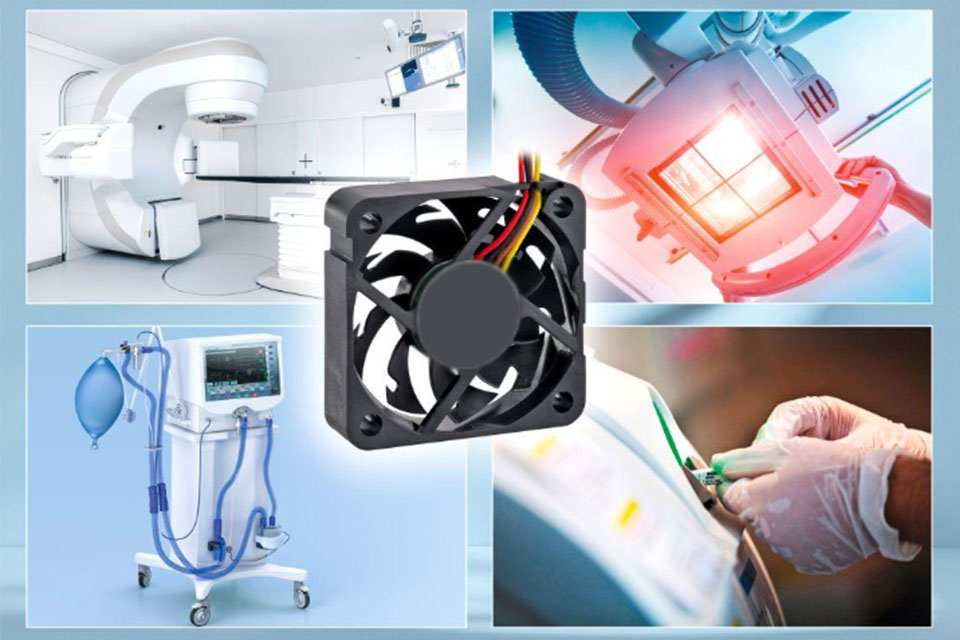 Cooling Fans in Portable Medical Devices
Cooling Fans in Portable Medical Devices
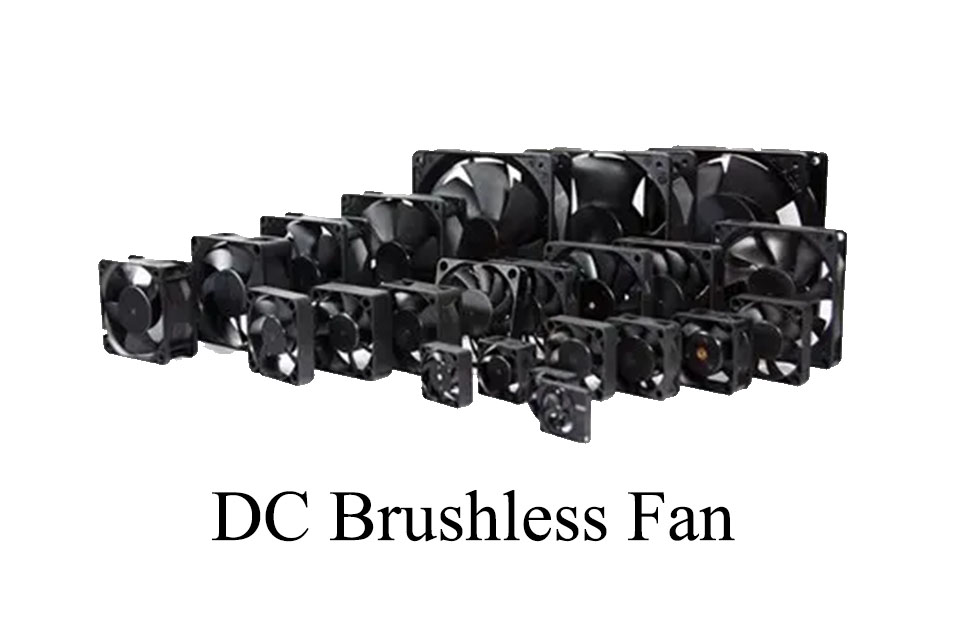 The Critical Role of DC Brushless Fans in Modern Electronics Cooling
The Critical Role of DC Brushless Fans in Modern Electronics Cooling
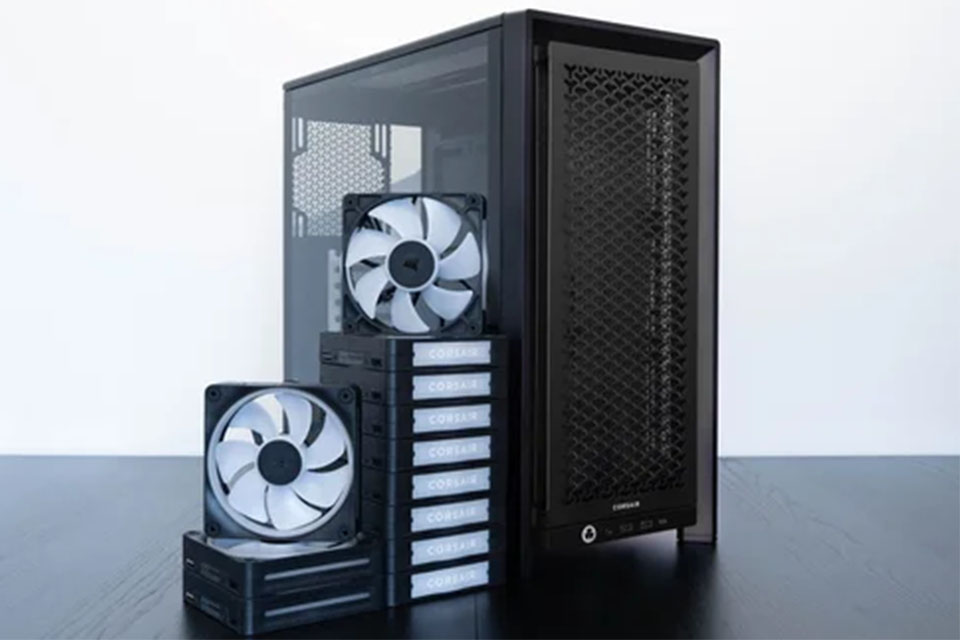 Water-Resistant DC Fans for Harsh Environments
Water-Resistant DC Fans for Harsh Environments

